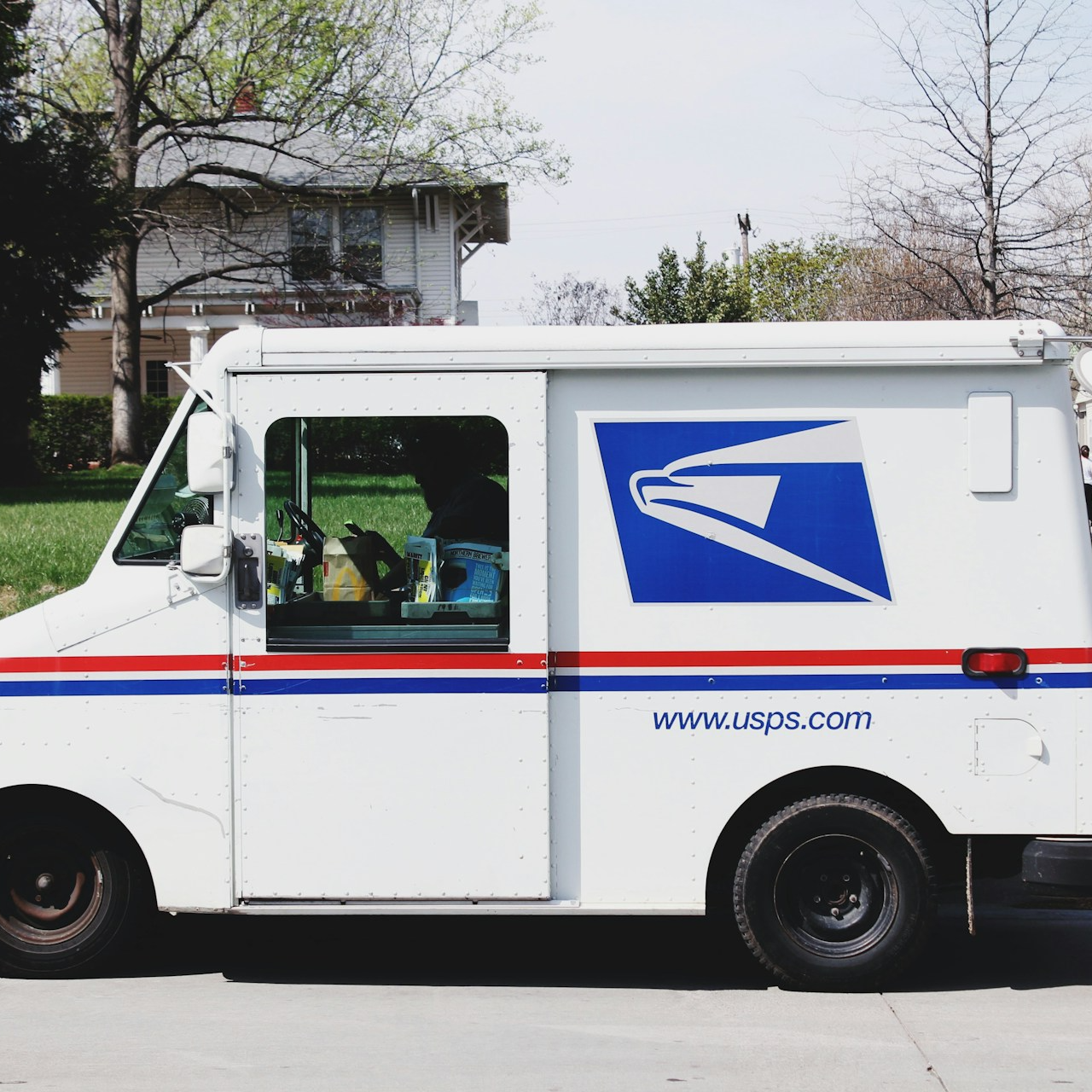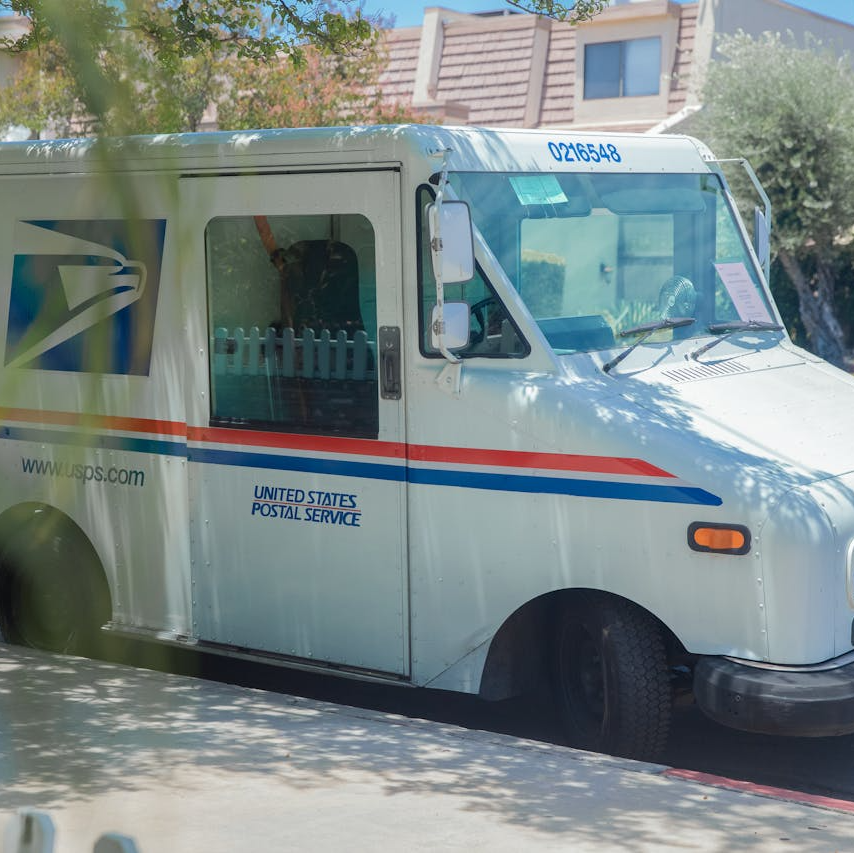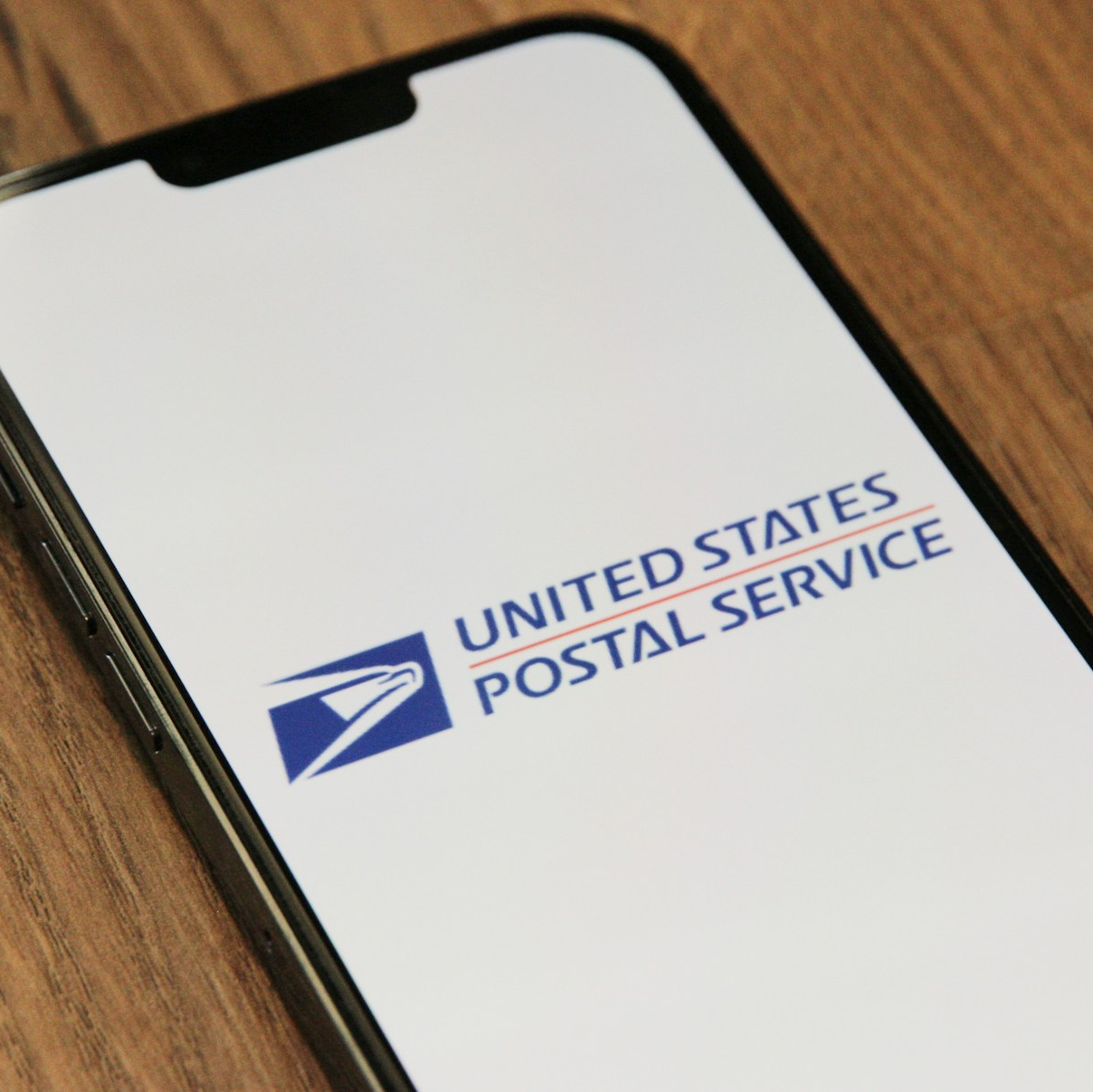Key Takeaways
-
The new PSHB system in 2025 ensures tailored health benefits exclusively for Postal Service employees and annuitants, making healthcare options clearer and more manageable.
-
With the integration of Medicare and specific plan features, the PSHB system prioritizes affordability and comprehensive coverage for eligible enrollees.
Understanding the New Postal Service Health Benefits (PSHB) System
If you’re part of the Postal Service, you’ve probably heard about the Postal Service Health Benefits (PSHB) system. This new system, effective from January 1, 2025, has replaced the Federal Employees Health Benefits (FEHB) program for Postal Service employees, annuitants, and eligible family members. It’s a major change, and understanding what it means for you can help you make the most of your health benefits.
Here’s what you need to know about how the PSHB program makes health benefits more accessible and tailored for the postal workforce.
What Makes PSHB Different From FEHB?
The PSHB system is designed specifically for Postal Service employees and annuitants, addressing their unique needs. Unlike the FEHB program, which covered federal employees broadly, PSHB focuses exclusively on the postal workforce. This targeted approach allows for:
-
More Personalized Coverage: Plans under PSHB consider the specific healthcare demands of Postal Service employees and retirees.
-
Streamlined Choices: While FEHB offered a wide array of options, PSHB narrows down the selection to plans that cater to the postal workforce, simplifying the decision-making process.
-
Integrated Medicare Benefits: For Medicare-eligible retirees, PSHB plans include enhanced integration with Medicare, ensuring coordinated and cost-effective coverage.
Who Is Eligible for PSHB?
Eligibility for PSHB aligns closely with that of FEHB but with a postal-specific focus. Here’s a breakdown:
-
Current Postal Service Employees: You’re eligible to enroll in a PSHB plan while actively employed.
-
Postal Service Annuitants: Retired Postal Service workers and their eligible family members can enroll in PSHB, continuing their health benefits into retirement.
-
Medicare-Eligible Participants: If you or your covered family members are Medicare-eligible, you’ll need to enroll in Medicare Part B to maintain PSHB coverage unless exempt.
Enrollment Periods and Deadlines
It’s crucial to stay aware of enrollment timelines to ensure uninterrupted coverage. In 2025, the PSHB Open Season takes place from November 11 to December 9. During this period, you can:
-
Enroll in a new PSHB plan
-
Switch from one PSHB plan to another
-
Make changes to your dependents’ coverage
Outside of Open Season, changes are limited to Qualifying Life Events (QLEs) such as marriage, birth of a child, or retirement.
How Medicare Integration Enhances Your Coverage
One of the standout features of the PSHB system is its seamless integration with Medicare. Here’s how it works:
-
Medicare Part B Enrollment: If you’re retired and eligible for Medicare, enrolling in Part B is a requirement for most PSHB plans. This coordination helps reduce out-of-pocket costs, such as deductibles and coinsurance.
-
Prescription Drug Coverage: PSHB plans include a Medicare Part D Employer Group Waiver Plan (EGWP), which offers prescription drug benefits. This means you’re automatically covered for medications, saving you the hassle of enrolling separately.
Cost Savings Through Coordinated Benefits
The PSHB system aims to provide affordable healthcare by leveraging coordinated benefits. For instance:
-
Part B Reimbursement: Many PSHB plans offer reimbursements for Medicare Part B premiums, easing the financial burden for retirees.
-
Lower Deductibles: Medicare integration often results in waived or reduced deductibles, helping you save on out-of-pocket expenses.
-
Simplified Billing: With Medicare and PSHB working together, your healthcare costs are consolidated, making it easier to understand and manage your medical expenses.
Plan Features Tailored for Postal Workers
PSHB plans offer benefits that address the specific needs of Postal Service employees and annuitants. Some of these features include:
-
Preventive Care: Comprehensive coverage for routine check-ups, screenings, and vaccinations ensures you stay healthy and catch potential issues early.
-
Specialized Support Services: Many plans provide access to wellness programs, telehealth services, and mental health resources, all tailored to support the unique challenges of postal work.
-
Robust Family Coverage: PSHB plans include options for dependent coverage, ensuring your loved ones receive the same level of care.
Navigating the Transition From FEHB to PSHB
The transition to PSHB might seem daunting, but it’s designed to be as smooth as possible. If you were previously enrolled in an FEHB plan, here’s what you need to know:
-
Automatic Enrollment: Most current FEHB enrollees were automatically enrolled in a corresponding PSHB plan. However, it’s always a good idea to review your new plan to ensure it meets your needs.
-
No Gaps in Coverage: The transition was structured to avoid interruptions in your healthcare services.
-
Review Your Plan Details: Take the time to familiarize yourself with the benefits, premiums, and coverage specifics of your PSHB plan. This will help you make informed decisions during Open Season or after a QLE.
Understanding Premiums and Contributions
One of the biggest concerns for anyone considering a new health plan is cost. Here’s what you can expect with PSHB:
-
Government Contributions: Just like under FEHB, the government continues to cover a significant portion of your premiums under PSHB.
-
Premium Variations: Your share of premiums depends on the plan you choose and whether you enroll as an individual or with family coverage. While costs may vary, PSHB plans are designed to remain competitive and affordable.
-
Potential Savings With Medicare: If you’re Medicare-eligible, the integration with Medicare Part B can significantly reduce your overall healthcare costs.
The Role of Qualifying Life Events (QLEs)
Life doesn’t always align with Open Season, which is why QLEs are important. If you experience a major life change, such as:
-
Getting married or divorced
-
Having a child or adopting
-
Moving to a new postal duty location
You may qualify to make changes to your PSHB plan outside of Open Season. Be sure to notify your HR department promptly to ensure your coverage updates are processed.
Maximizing Your PSHB Benefits
To get the most out of your PSHB plan, consider these tips:
-
Review Your Plan Annually: Healthcare needs can change, so it’s worth revisiting your plan during each Open Season.
-
Utilize Preventive Services: Most PSHB plans cover preventive care at no additional cost. Take advantage of these benefits to maintain your health.
-
Understand Your Network: Stick to in-network providers to avoid unnecessary costs and ensure seamless billing.
-
Coordinate With Medicare: If you’re Medicare-eligible, make sure you’re enrolled in both Medicare and PSHB to optimize your coverage.
-
Ask Questions: Don’t hesitate to reach out to your HR department or plan provider for clarification on your benefits.
Why PSHB Is a Game-Changer for Postal Workers
The introduction of the PSHB system represents a significant step forward in how healthcare benefits are delivered to the postal workforce. By focusing exclusively on Postal Service employees and annuitants, PSHB addresses unique needs while offering:
-
Enhanced Affordability: Coordinated Medicare benefits and tailored plan options make healthcare more cost-effective.
-
Simplified Choices: With fewer plans to choose from, you can make decisions more easily without feeling overwhelmed.
-
Comprehensive Coverage: From preventive care to specialized support services, PSHB ensures you have access to the care you need.
Make the Most of PSHB Today
As a Postal Service employee or annuitant, you deserve healthcare benefits that work for you. The PSHB system is designed to do just that, offering affordability, simplicity, and comprehensive coverage. Take the time to explore your options, understand your plan, and make the most of what’s available. With PSHB, your health and well-being are in good hands.









